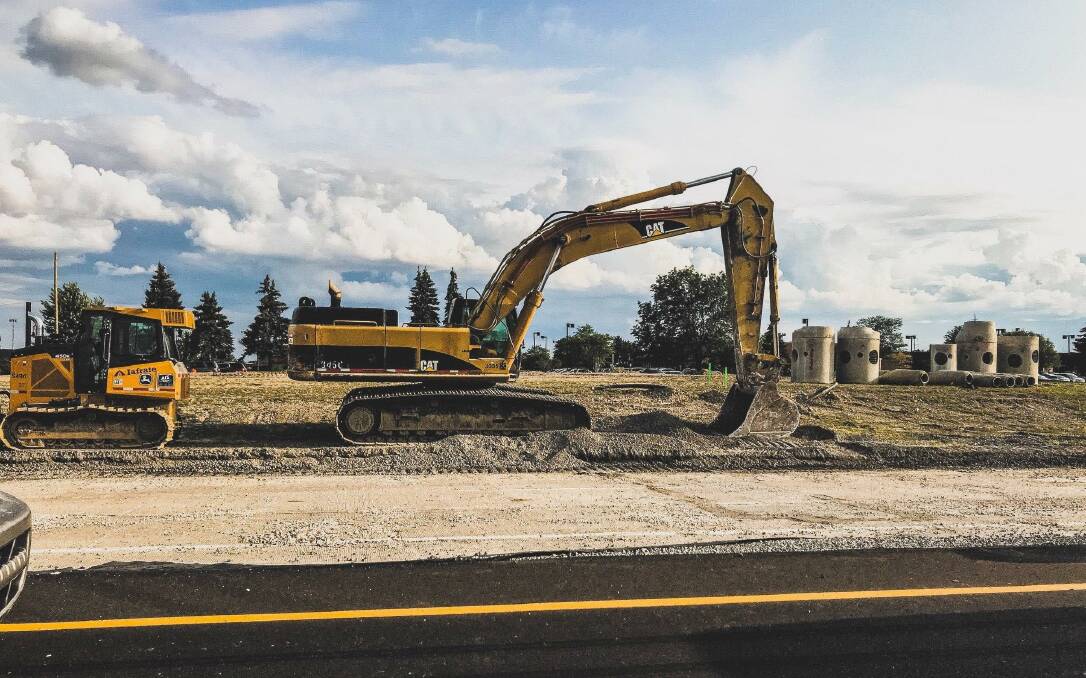What is predictive maintenance, and what does it mean for our cities?

This is branded content.
It has been said before, but our current society is more imaginative than any Sci-Fi movie could have predicted. Whether it is enhanced accessibility or design, the opportunities are truly limitless in every facet of our lives.
The construction sector and city planners have also embraced change and modern technology, including the digital twin for predictive maintenance. If you haven't come across this innovation before, let's understand what it is and what it means for our cities.
What is digital twin technology?
Digital twin technology uses software to create a replica of a product, place or service, and understand the ways in which it works and can be optimised.
For example, if a new highway is undergoing maintenance and further work, then a construction team would test their strategy on this digital twin before applying it to their actual highway.
This allows for greater quality assurance, but also the opportunity to experiment with techniques that might be more innovative than what could be risked with real infrastructure.
This kind of technology holds an exciting proposition for city planners and those elected officials who require cities to move forward with new builds and development.
By understanding the opportunities and threats of the infrastructure, maintenance issues can be predicted and rectified before they cause inconvenience or danger.
This technology is a tool that can be used by a number of stakeholders, with the appropriate tasks managed and carried out by the specialist team.
The benefits of predictive maintenance
This sort of predictive maintenance has a wealth of benefits. Management can confidently staff their teams knowing when the works will need to be completed.
Budgeting can also be more accurately planned with greater clarity over what year or quarter that work will be allocated to, and why that work is necessary.
There is also the opportunity to be inspired by the infrastructure of other city's, as Melbourne may wish to implement a building found in New York, and can understand and see the intricate details of that structure and map it within Melbourne city.
The right agency can even provide detailed 3D maps of a city or region, anticipating what the closure of one road would mean for the next exits and adjacent suburbs.
Google Streetview certainly has its limitations in this regard, and so 3D mapping and digital twin technology can be highly effective in tandem.
This is absolutely invaluable to any city experiencing rapid growth or about to undergo expansive construction. Poor design and planning can now be avoided, with digital twin technology taking the guesswork out of any build with its predictive maintenance.
Examples of digital twin predictive maintenance
This smart technology also has the potential to have engineers and data scientists working together to create optimal environments in our present and future. Let's consider the Brisbane Olympics and the purpose-built infrastructure that will need to be erected before 2032.
By using digital twin technology, planners and engineers can model stadiums and entertainment spaces and apply them to a real-world city, and see how capacity will work, overflow traffic, and all the other components that will influence these builds.
This means that works can be planned and ready to go while the Olympics take place, with all real-world scenarios accounted for and mapped in the build and maintenance.
It feels like a big leap from those mini architectural builds that you see in office lobby's and museums, but this will be the future going forward.
With over-population being something that planners are aware of, new and innovative concepts can be explored to a greater depth than was previously possible.


